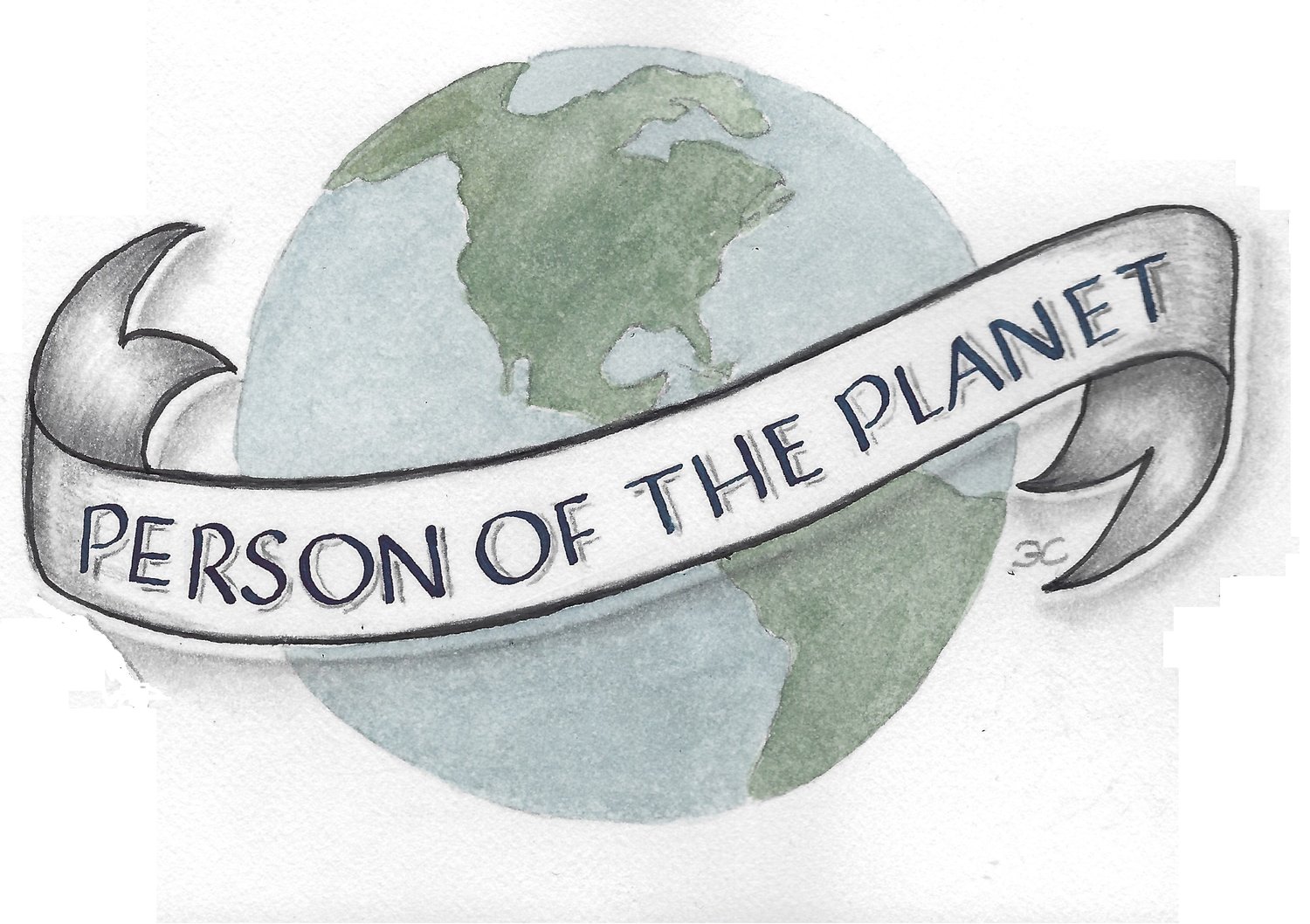World Oceans Day
June 8, 2018!
How to Talk About Plastic and the Ocean
Why prioritize action on ocean trash?
Plastic pollution poses a threat to human health, kills and harms marine life, damages and alters habitats, and can have substantial negative impacts on local economies. Unlike many ocean issues, The Ocean Project’s research shows that pollution, especially plastics pollution, is already widely accepted as a big problem that we need to and can address. The first step of avoiding disposable plastic bags is likely to be seen as a difficult but not impossible way for an individual to help. More than 80% of marine litter comes from land-based sources. Businesses and government in the US, alone, spend a combined total of $11.5 billion on cleaning up litter. The primary direct threat to marine life is entanglement or ingestion. Sea turtles, birds, and fish alike accidentally mistake plastic for food and choke or get sick by ingesting it.
How can we effectively communicate this issue?
Make it clear that we can make a difference, especially if we work together. It’s distressing to think about how much plastic is almost unavoidable - sometimes, it can seem useless to take action. But if many of us act together, we can reduce the amount of plastic in the ocean, and show the world that we demand less disposable plastic in our everyday lives!
Show how animals are hurt by plastic.Plastic pollution affects hundreds of different types of ocean wildlife, from massive whales to microscopic corals. Telling an individual animal’s story makes it personal, like this endangered sei whale killed by a DVD case.
Explain the link between plastic and human health.Ocean plastic trash has serious economic consequences for people, but it can also be dangerous to our health! Scientists are finding that chemicals in plastic consumed by fish may eventually travel up the food chain - and get into our bodies.
Use photos of beautiful, clean environments. Use fewer photos of littered areas, even with an anti-littering message, as it could give people the feeling that littering is normal and accepted. Photos that show healthy oceans, or people cleaning them up, inspire.
Encourage a positive social norm. Emphasize that it’s normal to not litter, and that it is everyone’s personal responsibility not only to not litter, but also to stop litter at the source by reducing use. Talk about how many people are switching to durable, reusable solutions, both for their health as well as for the oceans. Don’t make people feel guilty - inspire them to go further for the ocean.
Give people more ownership over public spaces. Make it clear to the people you’re speaking with that this is their community, and it’s a matter of pride to keep it clean. Furthermore, their actions will help keep the oceans, their blue backyard, clean and healthy.
Talking with youth
It’s important to use age-appropriate techniques when talking with kids about environmental issues, so they’re not overwhelmed by the threats our oceans are facing. Here are some tips for helping kids learn about and getting engaged in using less, not littering, and recycling:
• Understanding Marine Debris NOAA’s kit of games and activities for kids of all ages.
• Plastic and Recycling Awareness Curriculum from One More Generation.
• Talking Trash & Taking Action a marine debris education partnership between Ocean Conservancy and the NOAA Marine Debris Program.
• The Plastic Pollution Coalition has compiled a list of plastic pollution curriculum for ages 5-22.
Learn more at www.worldoceansday.org

